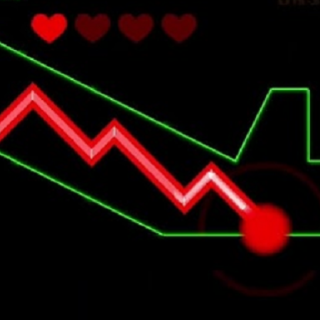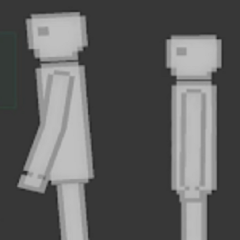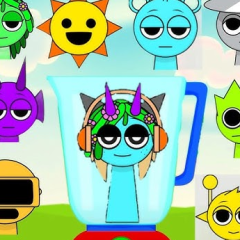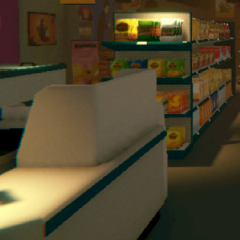The Heart Monitor is a short psychological horror game where the player’s survival depends on a digital heart rate. The interface is minimal, with most of the screen dedicated to a flat monitor line, displaying heart activity in real time. The core mechanic revolves around reacting to subtle visual or auditory triggers without letting the heart rate spike. Sudden movement, unexpected sounds, or changes in lighting can all influence the heart monitor—and if the pulse becomes unstable, consequences follow.
Environmental Cues and Risk Management
Each room or scene in the game introduces new stressors. Sometimes it’s a flickering light, sometimes an invisible presence moving through the space. The player can choose to stay still, breathe slowly, or take controlled steps. Interacting with objects or progressing forward risks triggering events that affect the monitor. There is no combat, no escape mechanic—just a constant test of restraint. The game rewards players who observe patterns and act carefully, rather than reacting instinctively.
Minimal Design with Focused Impact
The visual style is dark and minimal, reinforcing the sense of isolation and exposure. Sounds are sparse but used effectively to build pressure. The simplicity of the game’s systems keeps attention locked on the heart rate, making even small actions feel significant. The Heart Monitor doesn’t rely on traditional scare tactics. Instead, it builds tension through control, waiting, and the constant reminder that one wrong move could push the screen flat. It’s a focused experience designed to provoke discomfort through simplicity.






























